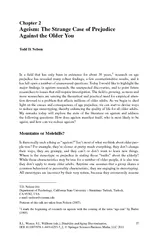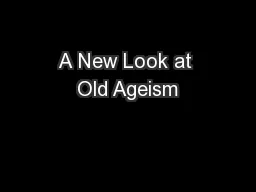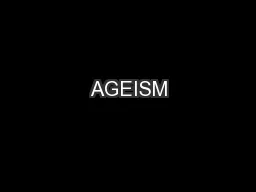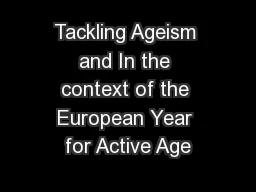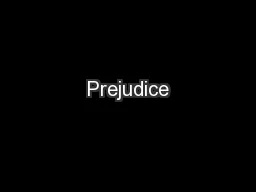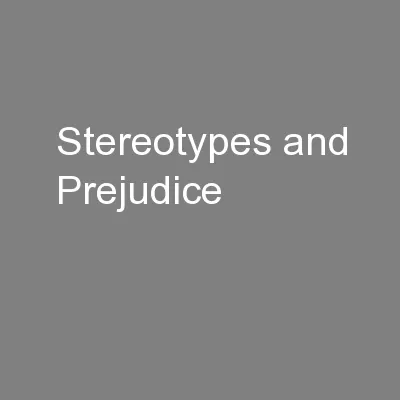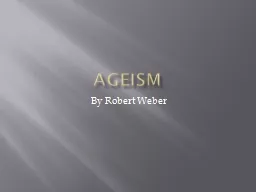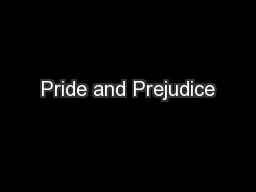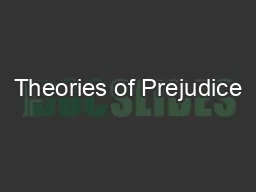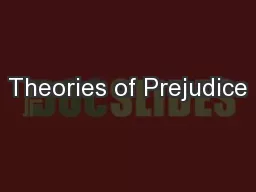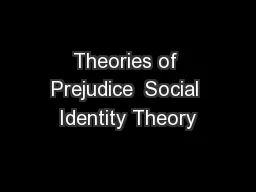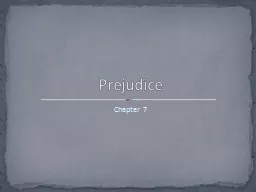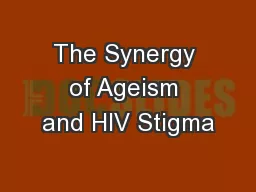PDF-Chapter Ageism The Strange Case of Prejudice Against
Author : lois-ondreau | Published Date : 2015-04-24
Nelson In a 64257eld that has only been in existence for about 36 years research on age prejudice has revealed many robust 64257ndings a few counterintuitive results
Presentation Embed Code
Download Presentation
Download Presentation The PPT/PDF document "Chapter Ageism The Strange Case of Prej..." is the property of its rightful owner. Permission is granted to download and print the materials on this website for personal, non-commercial use only, and to display it on your personal computer provided you do not modify the materials and that you retain all copyright notices contained in the materials. By downloading content from our website, you accept the terms of this agreement.
Chapter Ageism The Strange Case of Prejudice Against: Transcript
Download Rules Of Document
"Chapter Ageism The Strange Case of Prejudice Against"The content belongs to its owner. You may download and print it for personal use, without modification, and keep all copyright notices. By downloading, you agree to these terms.
Related Documents

